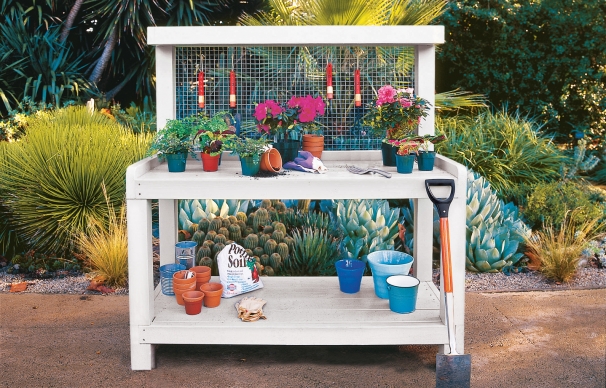With industrialization taking the spotlight in many cities, it’s easy to understand why there are a lot of people who choose to find a temporary or permanent residence in the rural areas near their workplace.
Condo unit in Cebu is among the most popular picks both for locals and non-locals who wish to have an accessible property within the central city. Given the huge number of real estate companies that now have a lot of units offered, it shouldn’t be much of a problem to find a place that fits your preference and needs well.
For those who already purchased their units, the next challenge comes with the need to beautify and enhance the looks of the current unit they own. Condominiums tend to have synonymous designs on all their units so it’s in the hand of the unit owner to personalize the space however he or she wants.
Take a look at the following expert tips that can help you achieve that stunning look you hope for.
Plan every detail:
There is no substitute for planning in interior design. Even professional designers spend time creating a blueprint on how they would beautify an interior. You must do the same. By planning, you get to identify the specific areas of your home in need of enhancements as well as those that can do well without the current furniture you’ve placed on them.
If you want to move your furniture around the condo, you need to ensure that you do not end up damaging the same or scraping the new and expensive floor. One great way that you can manage this is by using furniture wheels. This will allow you to move your chairs, sofa sets, and other items without worrying about the need that you will damage them.
The more detailed you are in the planning, the better. This also saves you time from having to decide while working.
Maximize the use of graphic images on doors or walls:
Condo units have vacant spaces that look dull in the absence of accessories. A lot of homeowners use paintings or huge, laminated photos to hang on those vacant spaces, but your option is not just limited to such.
You can go for customized printed glasses or wallpapers to add color to those spaces. By personalizing the prints, you’re also adding a hint of identity to your unit.
Place accessories such as tables and drapes in front of a full-length window:
Full-length windows are attractive because they give you an awesome view of the outside landscape. However, they may not look that attractive when it comes to the overall quality of your interior design. They can look intimidating and may give the illusion of dullness especially if you don’t have much furniture inside.
Read also: Experts Recommend: Top Interior Design Trends For 2017
A good way to remedy this would be to put tables directly in front of the window or set up drapes to help provide the frame.
Pick bright, minor accessories:
Choosing the right accessories can be tricky as they need to highlight the main aspect of your interior without stealing the spotlight from it. Experts suggest that you pick small accessories like vases, flower pots, candles, and pen holders in brighter shades.
Achieve balance in the interior. Darker furniture may look great in your personal office space.
Balance is a necessary element in interior design. Experts found that using darker furniture makes the available space look bigger. Plus, they can blend well in just about any area within your condo unit.
Read also: Interiors to Reduce the Heat Build-up in Your Homes
The brighter accessories will do great on these items too.
Don’t overcrowd:
One common mistake a lot of homeowners do is to place too many items inside their place. While the idea of buying many pieces of furniture may seem like a good thing, it’s not necessarily a strategic thing to do especially when you have a small unit.
If any, this would only make the place look smaller and will most certainly impede mobility. You can decorate without having to buy too much. A good rule of thumb would be to settle for the item you need most.
There is no use in buying tools which you will not be using.
The looks of your personal condo unit are dependent on how well you design it. The tips we mentioned are guidelines on how to make the place look appealing, but at the end of the day, the decision lies in your hands.
If you can’t decide where to start your redesign, a good way to be motivated is to look at images online and see how other people improved the looks of their units. Be inspired and start decorating your own place!






















